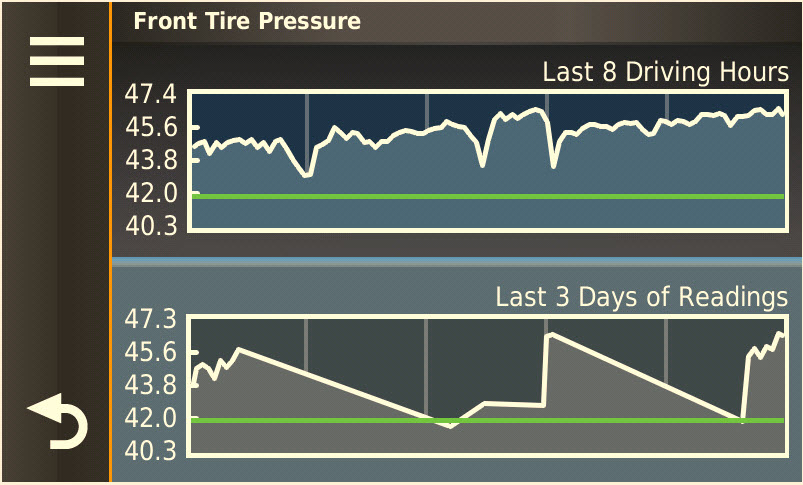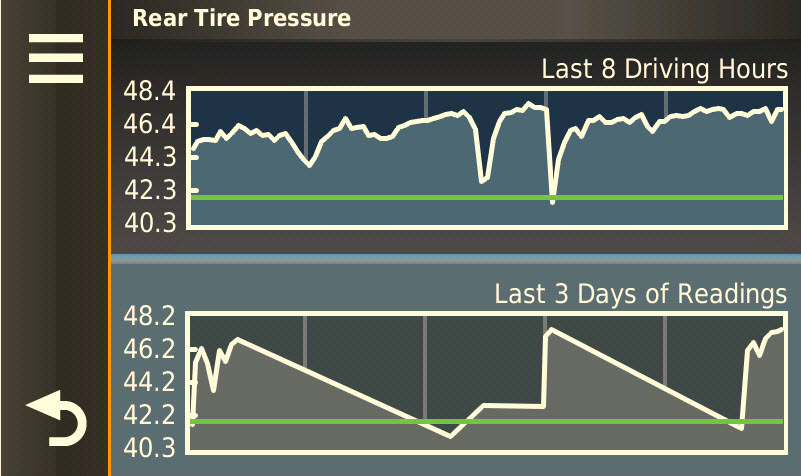Hello all!
As we know pressure changes with temp. Cold is loses, warm it raises..
My question is how much do people usually see their pressure rise throughout the year when riding? During the summer months if i set mine to 42 cold they'll usually go up to 43-44 according to the display. This morning is was brisk at around 53 degrees and the pressures were 39 in the Front and 40 Rear. During my 45 mile slab commute today they barely raised at all.
As we know pressure changes with temp. Cold is loses, warm it raises..
My question is how much do people usually see their pressure rise throughout the year when riding? During the summer months if i set mine to 42 cold they'll usually go up to 43-44 according to the display. This morning is was brisk at around 53 degrees and the pressures were 39 in the Front and 40 Rear. During my 45 mile slab commute today they barely raised at all.



